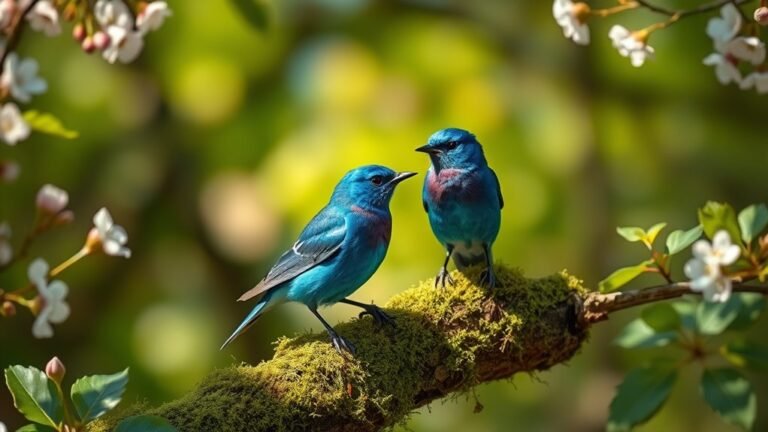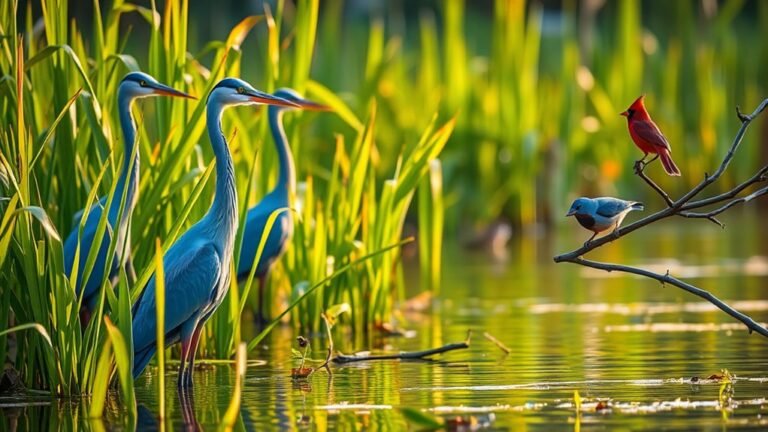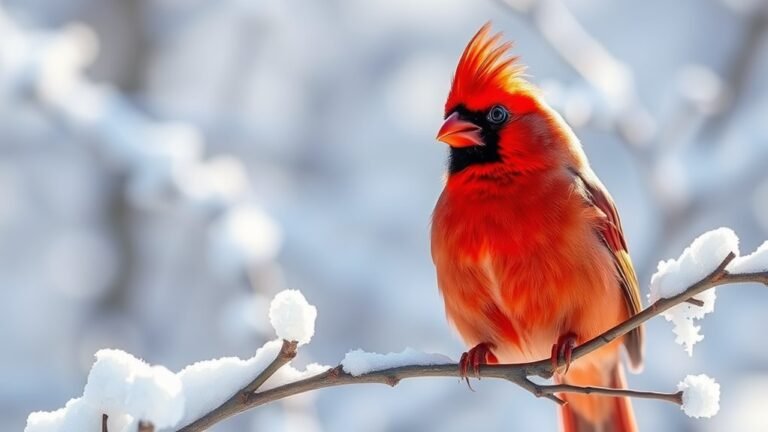How to Identify Birds in North Carolina: Tips for Beginners
To identify birds in North Carolina, start by understanding the local habitats. Birds live in various environments, including coastal marshes and dense forests. Use binoculars and a field guide for better viewing and identification. Focus on color patterns, beak shapes, and behaviors. These details help you recognize different species. As you explore, watch for seasonal changes in bird populations and behaviors. Connect with local experts to learn more and enrich your birding experience. Happy birdwatching!










